 |
| Ho Chi Minh City - the most dynamic city in the country and the region. Photo: Le Hoang Men |
Values in the luggage of Saigon - Ho Chi Minh City
Any large city has a long history of development. It is the process of population accumulation, building technical infrastructure, building administrative institutions and most importantly, forming core social values for the people and the government to rely on to move forward.
Development is a process, with ups and downs, unusual natural events, political and military conflicts that damage infrastructure and technology as well as people. Whatever the city is like today, it is still the product of a historical process created by millions of people and countless generations.
On the occasion of the 300th anniversary of Saigon - Ho Chi Minh City, Mr. Henry Chabert, Deputy Mayor of Lyon City (France) respectfully wrote the preface for the book "Saigon 1698 - 1998: Architecture, planning" with touching lines: "This city, after all, is a memory that reminds us of the different generations of people who built it, the ups and downs of history, but at the same time it also speaks of many aspirations".
It is difficult to tell all the things that our ancestors did in the past in a short article, but we can summarize the outstanding values that have become the spiritual heritage that successive generations have built up for today.
Firstly, Saigon - Ho Chi Minh City is the most culturally and socially diverse urban area in the country. This characteristic has made the cultural picture of Ho Chi Minh City colorful and the people of the City absorb the advantages as well as the limitations of different cultures to supplement, making the culture of the City richer. Cultural diversity is not only of spiritual significance, but also the driving force for socio -economic development.
Second, Ho Chi Minh City formed the earliest market economy for goods and services in the country. The market economy helped the city develop rapidly, but not only that, it contributed to training the people of the city to become dynamic, creative, sensitive, practical and pragmatic.
Third, Ho Chi Minh City is the place that quickly and earliest absorbs new scientific , technical and technological achievements from the West and successfully applies them to the context of the City. Science, technology and engineering are not only applied to production, services and life, but also to the urban management system. Thanks to this factor, Ho Chi Minh City has made rapid progress in the industrialization and modernization process.
Fourth, Ho Chi Minh City pioneered and quickly formed a modern industrial foundation. Ho Chi Minh City's industry developed in the direction of light industry, consumer goods production, and export market orientation. A market-oriented, flexible, and dynamic industry not only brought a large volume of goods to society, but also contributed to the formation of a civilized lifestyle and industrial style.
These four elements were formed very early and have been maintained and developed throughout the history of the City. Sometimes strong, sometimes weak, but basically, these elements always play a leading and powerful role, helping Ho Chi Minh City affirm its position in the region and the world.
Never give up
From 1975 to now, Ho Chi Minh City has gone through many very difficult periods. These were the devastating consequences of war, the Southwest border war, the 10-year economic crisis (1975 - 1986), followed by the Asian financial crisis (1997 - 2012) and now the global economic crisis.
Except for the two years when the Covid-19 pandemic almost paralyzed Ho Chi Minh City, in all the remaining years, the people of this city have never given up in the face of any challenge.
 From the development practice of Ho Chi Minh City, the Vietnamese dictionary has added completely new words and concepts, such as breaking through barriers, breaking through, city within a city, exchanging land for infrastructure, etc. Ho Chi Minh City is considered the most vibrant "laboratory" of the countries; it is the place to build and test models before spreading to other localities across the country.
From the development practice of Ho Chi Minh City, the Vietnamese dictionary has added completely new words and concepts, such as breaking through barriers, breaking through, city within a city, exchanging land for infrastructure, etc. Ho Chi Minh City is considered the most vibrant "laboratory" of the countries; it is the place to build and test models before spreading to other localities across the country. 
Remember, in the most difficult years after 1975, Ho Chi Minh City fell into a state of shortage in every way. It was at that time that we saw the strong vitality of the people here. With the spirit of "turning nothing into something", with unparalleled creativity, they made thousands of types of goods to serve life by hand from raw materials that were not used anywhere else in the world.
How can the elderly forget the long-distance bus ride from Saigon to Ca Mau using charcoal; the whole city, everywhere raised pigs, chickens, quails... Saigon people made products not only to supply the city, but also to the whole country.
Through exploration and creativity, this place has created the so-called firsts, which were later replicated throughout the country. These are the first export processing zone, the first private university, the first private hospital, the first private bank, the first stock exchange, the first tallest building, the first river tunnel, the first pedestrian overpass, the first flower street, the first book street, the first private theater, the first night market... and also the first policies such as BOT, charity houses, land donation for road construction...
The list of those first things, if listed, would be even longer, seemingly never ending, because they continuously appear in social contexts, such as zero-dong rice shops, free sidewalk drinks, free bread cabinets, free self-service wardrobes, rice ATMs, free ambulances, voluntary nail vacuums, street knights... These initiatives have created a ripple effect throughout the country.
Looking back at history, more than 300 years ago, this land was sparsely populated, the first people to come here were all young, strong, brave and talented. Thus, successive generations together created, selected, molded, honed, created the generous, open, chivalrous and creative character of the people of Ho Chi Minh City, in any circumstance, always finding a way to overcome and move forward. This spirit spreads throughout society, affecting the entire life of the City. Therefore, the character of Saigon people is not only the product of people with Southern origins, but it seems that everyone who comes to live and work here for a while is influenced by that lifestyle and style.
Each group of people brings here the uniqueness of their homeland and tries to make it better than the place of origin. In Ho Chi Minh City, we can find the whole world, the whole country, from thang co to pizza, from flamenco to quan ho folk songs. And more than that, everyone feels the need to change, to adjust, to live better, to contribute more to the city that nurtures them. The best things are all gathered here, so this city is always young, full of positive energy and dynamism.
The role of economic locomotive of the Southern region
According to Resolution No. 60-NQ/TW, dated April 12, 2025, the 11th Conference of the 13th Party Central Committee, the Central Committee agreed on the policy of rearranging provincial-level administrative units nationwide to 34 units, including 28 provinces and 6 centrally-run cities. Of which, Ba Ria - Vung Tau province, Binh Duong province and Ho Chi Minh City will be merged, named Ho Chi Minh City, with the political - administrative center located in Ho Chi Minh City.
The unified Ho Chi Minh City has an area of 6,776 km2 and a population of about 13 million people. It can be said that this is one of the largest metropolises in the world.
Implementing the merger, at first, Ho Chi Minh City will face difficulties in management, but if it knows how to promote its potential, this will be the most dynamic and strongest economic region in the country, because this merger opens up a large and diverse development space, unlocks resources, and brings many strong development motivations.
It is a fact that, at present, many factors such as cheap labor, convenient transportation... are no longer competitive advantages of Ho Chi Minh City. In particular, the large, affordable land fund in Ho Chi Minh City has almost been exhausted. Therefore, expanding the administrative boundary from 2,100 km2 to nearly 6,800 km2 allows Ho Chi Minh City to expand its large and diverse socio-economic space.
In particular, it is necessary to mention the synchronization of technical infrastructure, not limited by administrative boundaries. In the entire area of 6,800 km2, the transport infrastructure is unified according to the same technical standards, the investment in key transport projects such as metro, railway, highway, airport, port is collected in one place, increasing the initiative in capital, materials, equipment and human resources.
The merger will increase the strength and position of Ho Chi Minh City, forming 3 economic zones with 3 different strengths. Ho Chi Minh City (according to the old boundary) is the financial and service center. Binh Duong (old) is the industrial center, and Ba Ria - Vung Tau (old) is the tourism, resort and maritime transport area. All 3 complement each other, increasing the diversity of the key economic zone. In particular, after the merger, the economic scale of the new Ho Chi Minh City can account for nearly 30% of the country's GRDP.
Fifty years is not a long time compared to the history of Ho Chi Minh City, but it is a proud 50 years for the government and people of the City.
Source: https://baodautu.vn/hanh-trinh-tu-vung-dat-moi-den-thanh-pho-nang-dong-nhat-quoc-gia-d275252.html



![[Photo] Prime Minister Pham Minh Chinh and Prime Minister of the Kingdom of Thailand Paetongtarn Shinawatra attend the Vietnam-Thailand Business Forum 2025](https://vphoto.vietnam.vn/thumb/1200x675/vietnam/resource/IMAGE/2025/5/16/1cdfce54d25c48a68ae6fb9204f2171a)




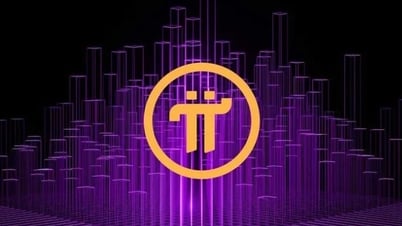

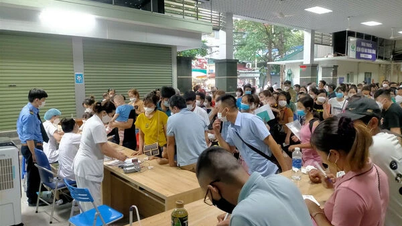

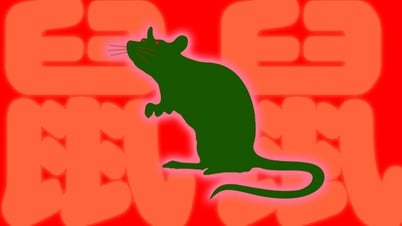

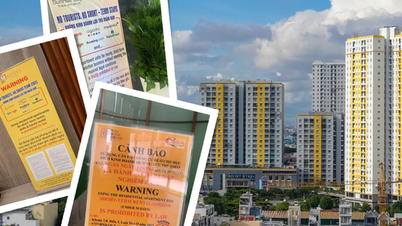

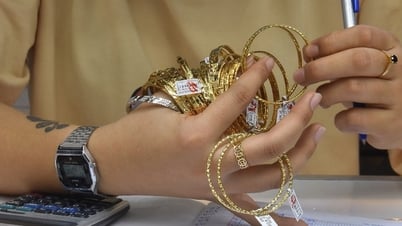
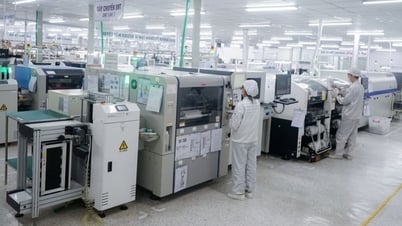








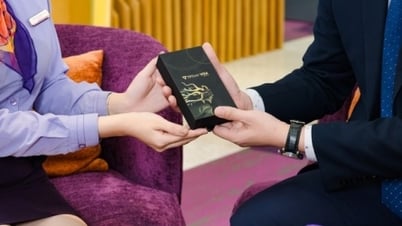

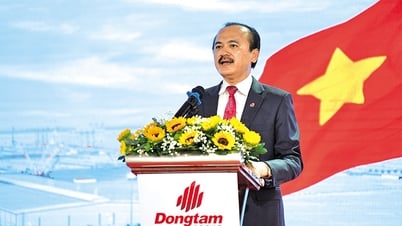
![[Photo] President Luong Cuong receives Prime Minister of the Kingdom of Thailand Paetongtarn Shinawatra](https://vphoto.vietnam.vn/thumb/1200x675/vietnam/resource/IMAGE/2025/5/16/52c73b27198a4e12bd6a903d1c218846)































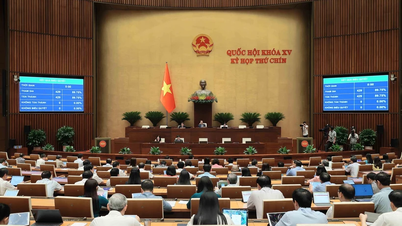






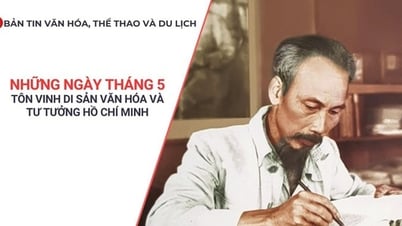

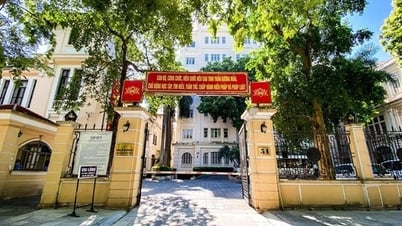



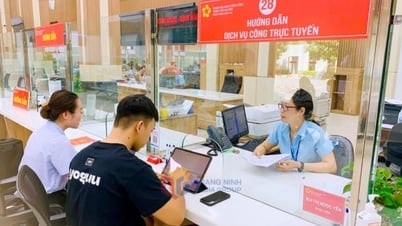



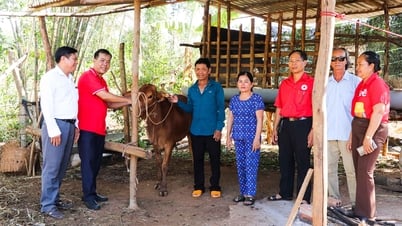

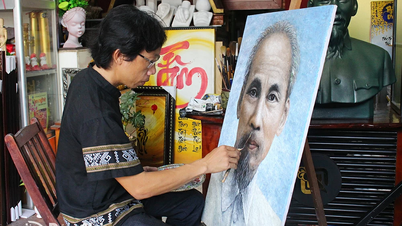

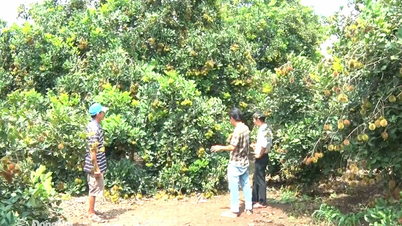












Comment (0)